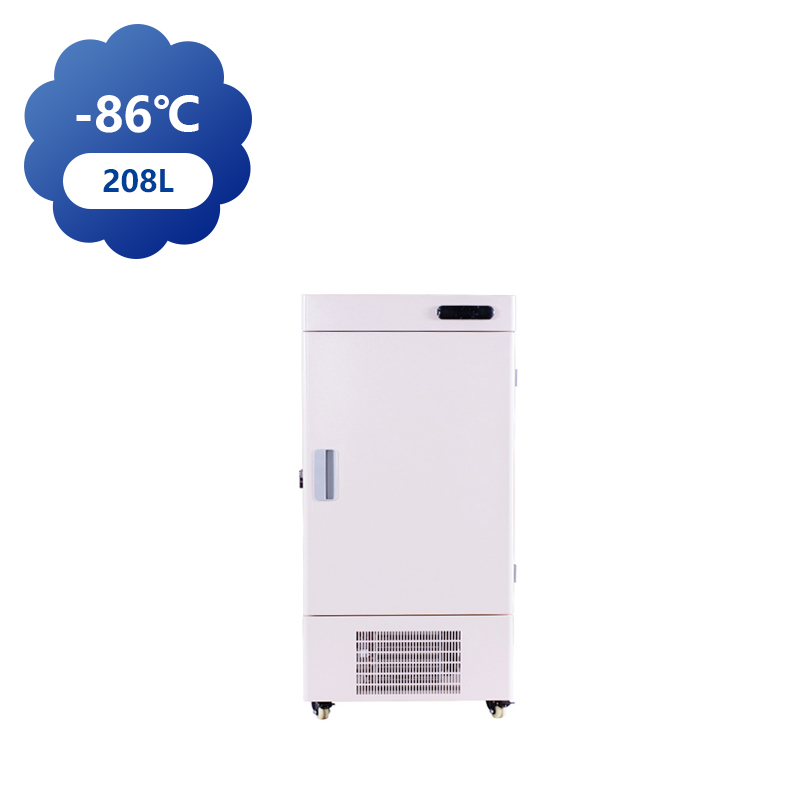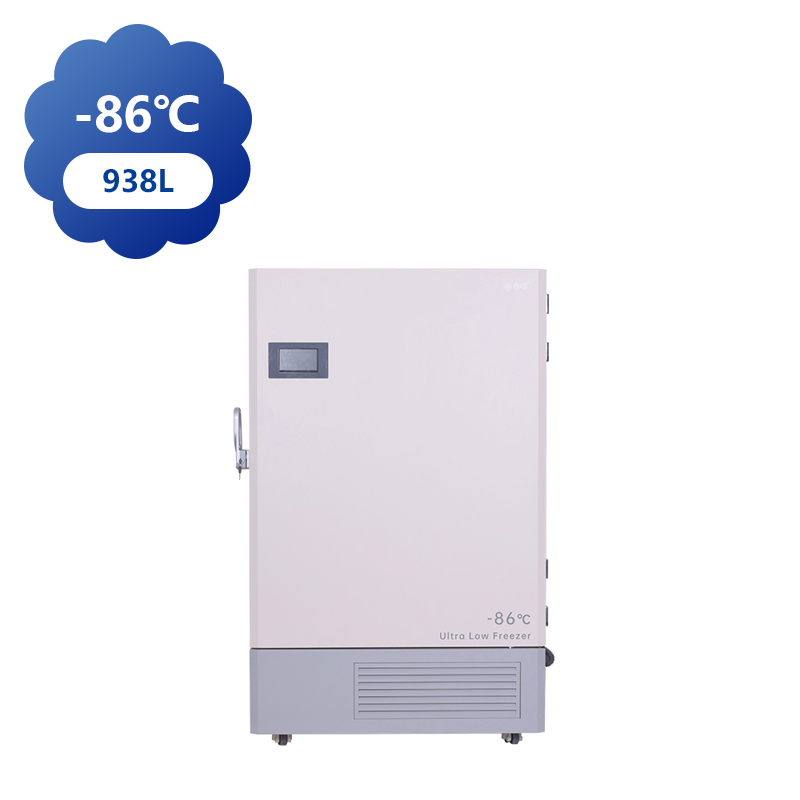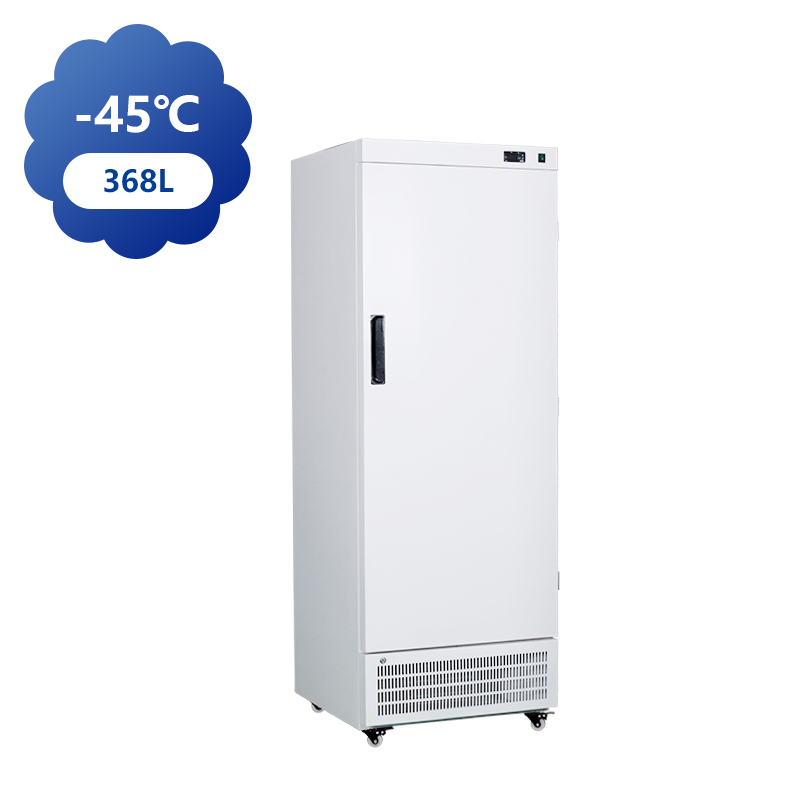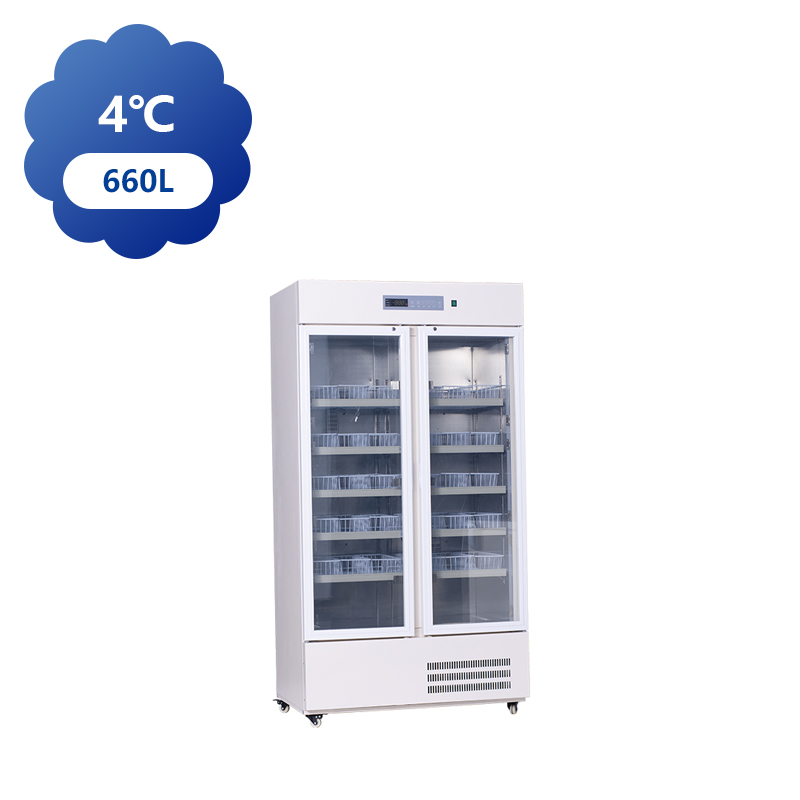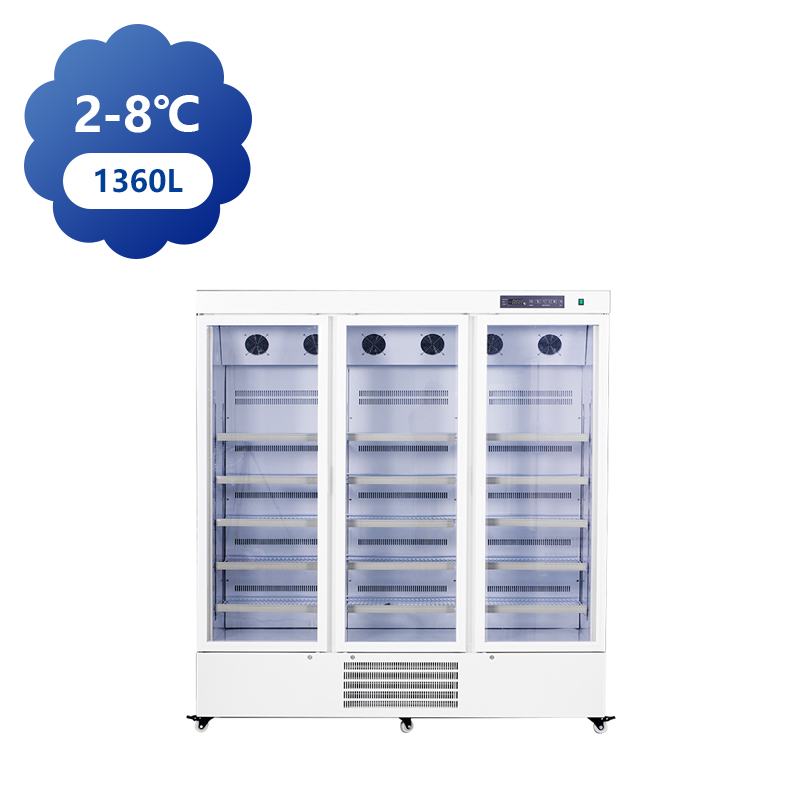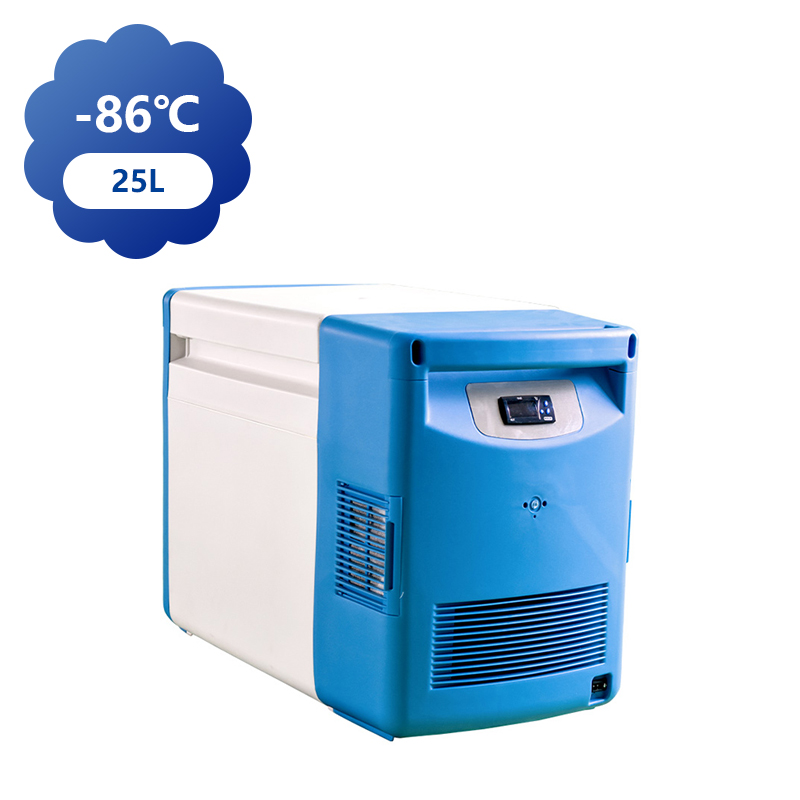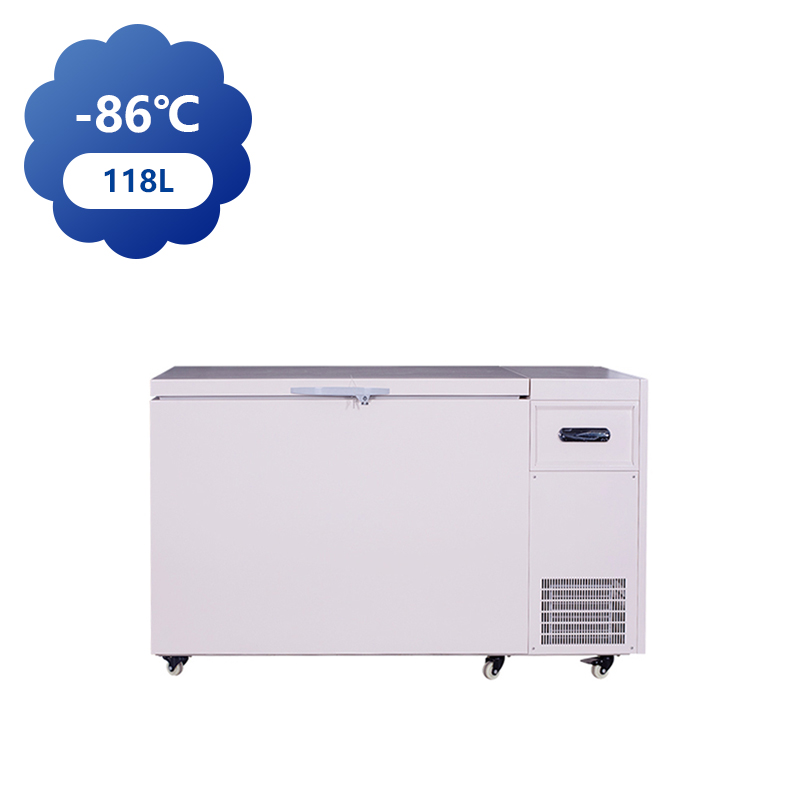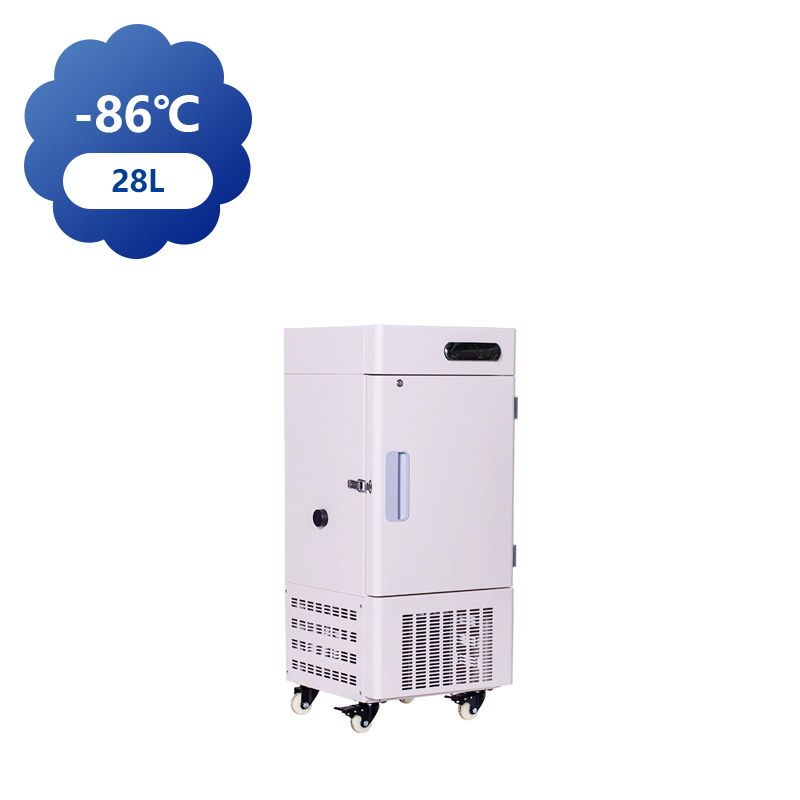You can contact to me using this form.
Blood storage refrigerators play a vital role in the healthcare sector by ensuring that blood and blood products are stored at safe, temperatures. From a consumer perspective, these refrigerators are more than just technical equipment—they represent a crucial element in healthcare systems that directly impact patient care and safety.
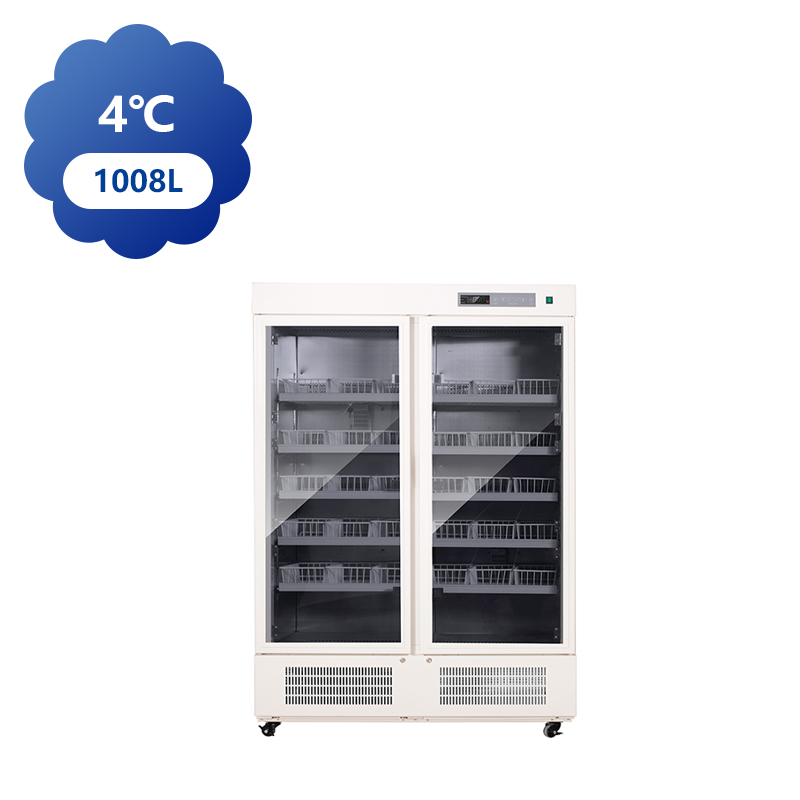
For consumers, the primary concern when choosing a blood storage refrigerator is reliability. Hospitals and clinics need equipment that can maintain consistent temperatures over extended periods to preserve the quality of blood. Temperature fluctuations or malfunctions can bring about the loss of valuable blood supplies, which can compromise patient care. Consumers, therefore, focus on the refrigerator's ability to maintain a stable temperature and alert staff to any deviations. The reliability of the refrigeration system is paramount for ensuring that blood products such as red blood cells, plasma, and platelets remain viable for transfusions or other medical uses.
Another consideration for consumers is the size and capacity of the refrigerator. Blood storage refrigerators come in a range of sizes, from compact units for smaller clinics to large, industrial-grade models for hospitals with significant storage needs. Hospitals must assess their requirements carefully to avoid over- or under-investing in the size of the refrigerator. Too small a unit could bring about insufficient storage space, while too large a unit could unnecessarily drive up costs.
Consumers also look at the design and ease of use. Intuitive controls, clear temperature displays, and easy-to-use storage shelves help staff manage blood supplies more effectively. Furthermore, features such as automatic defrosting, security locks, and built-in alarms are seen as added advantages. These features contribute to the overall convenience and functionality of the refrigerator, helping to streamline operations in busy medical settings.
The price of ultra-low temperature freezers, particularly those designed for medical and scientific applications, varies significantly depending on a range of factors. These freezers, which can reach temperatures as low as -80°C, are crucial for the preservation of sensitive biological materials, vaccines, and other medical supplies. When viewed from the perspective of the market, several key factors influence the price of ultra-low temperature freezers.
One of the primary drivers of price is the freezer's capacity. Larger units that can store more materials generally command higher prices. Hospitals and research institutions with high-volume storage needs require larger models, which are more expensive due to their size, complexity, and cooling capacity. On the other hand, smaller freezers designed for limited storage needs—common in smaller clinics or labs—come at a lower price point.
The technology used in ultra-low temperature freezers also influences their cost. Advanced features, such as digital controls, alarms, automatic temperature regulation, and backup power systems, increase the overall price. These systems are designed to provide higher reliability and security, ensuring that the stored materials remain safe even during power outages or technical failures. The level of precision in maintaining the ultra-low temperature also affects the cost, as higher precision usually requires more advanced and costly components.
Energy efficiency is another crucial factor. Freezers that use more energy-efficient compressors, insulation, and cooling systems are often priced higher, but they can save significant costs in the long run due to lower electricity consumption. In the healthcare and research sectors, where these freezers are used 24/7, the ability to lower energy consumption can be an important factor in decision-making, making these models more attractive despite their higher initial cost.
Market demand is another aspect to consider. As the global focus on healthcare and medical research has increased in recent years, the demand for ultra-low temperature freezers has grown. This, in turn, has driven manufacturers to develop more efficient and innovative models, which often come with a higher price tag due to advanced features. Moreover, the COVID-19 pandemic has led to a surge in the need for ultra-low temperature freezers for vaccine storage, further pushing up market prices. Hospitals and healthcare institutions may find themselves competing for high-quality units, potentially driving prices higher.



 中文简体
中文简体 English
English Français
Français عربى
عربى +86-15988502726(wechat)
+86-15988502726(wechat)